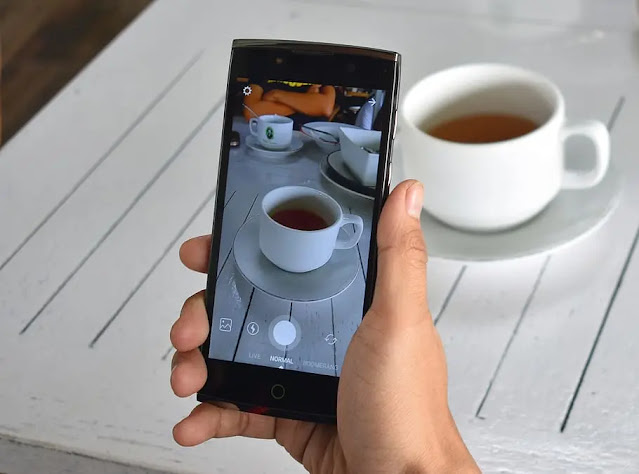Happy 10th Birthday, Instagram: Here Are 10 Ways It’s Changed How We Live
“It was as if the algorithmic tendency to flatten everything into a composite of greatest hits had resulted in a beauty ideal that favored white women capable of manufacturing a look of rootless exoticism,” Jia Tolentino wrote of what she called “Instagram face” in The New Yorker in 2019. “I couldn’t shake the feeling that technology is rewriting our bodies to correspond to its own interests.”
If that sounds extreme, ask just about any IG frequenter you know. Glamour editor Perrie Samotin wrote about her decision to get lip fillers: “I was hyper aware of a specific standard of beauty that started to pervade and overtake popular culture, and found myself hoovered right in. With every Insta-girl that I upward-scrolled past, the more my face started to seem too pedestrian, too uneventful, too earnestly natural.”
Instagram is a live magazine that goes to press every second. On it, we place our faces and bodies next to models, who, themselves, have been blurred and tweaked. But the breakout of fabulous fat-positive, body-diverse models have made, arguably, a bigger and more radical impact.
Porch notes the work of boundary-breaking plus-size model Ashley Graham. Or think of Anastasia Garcia, who used Instagram to start #myquarantinebody, spreading the word that gaining weight during quarantine—or any other time—isn’t some tragedy. Katie Sturino’s Instagram “Make My Size” campaign has pushed fashion brands to actually expand their sizing.
We all became food photographers.
There’s a saying in Cantonese that translates, roughly, to “Camera eats first.” People love to make fun of millennials for taking pictures of our food—as if pausing and being grateful for a beautiful meal indicates some kind of moral rot. Joke’s on them: Instagram popular foods have launched restaurants, cafés, bakeries, and a new generation of food innovators—the farm-to-table Chinese-Jewish fusion of Molly Yeh, the social justice cakes of The Sweet Feminist, the juicy, NSFW artistry of Stephanie Sarley.
“I only want to create things that are new,” Yeh told Glamour in 2019. “I don't want to take up space with another avocado toast.” Instead, she made a niche for herself with tahini milkshakes, scallion pancake challah, and tater tot casserole.
The increased value for big, bright food presentation can be seen anytime you scroll Yelp in a new city or check the Discover page for recipes. Our parents had Playboy centerfolds; we have food porn—giant milkshakes, swirling rainbow bagels, and juicy ramen burgers. A Zagat survey of national food trends in 2016 found that almost half of respondents said that they take pictures of their food when eating out to post on social media.
We learned we will fly for followers.
Instagram, National Geographic reported in 2017, has profound influences on travel trends. If you’ve seen an increase of those milky baths in Iceland, the lava-like orange caves of Antelope Canyon, or the green forests and white sands of Tulum, well, can you blame people for taking pictures?
In 2015, a small town in New Zealand started inviting influencers on sponsored trips that resulted in, according to National Geographic, a 14% increase in tourism. Likes have the power to move people, literally: A 2018 study found that those who anticipated a greater “social return” from posts about visiting Cuba were significantly more likely to visit the country. Instagram both widens our perception of what’s available, and narrows our imaginations to places that photograph beautifully.

Comments
Post a Comment